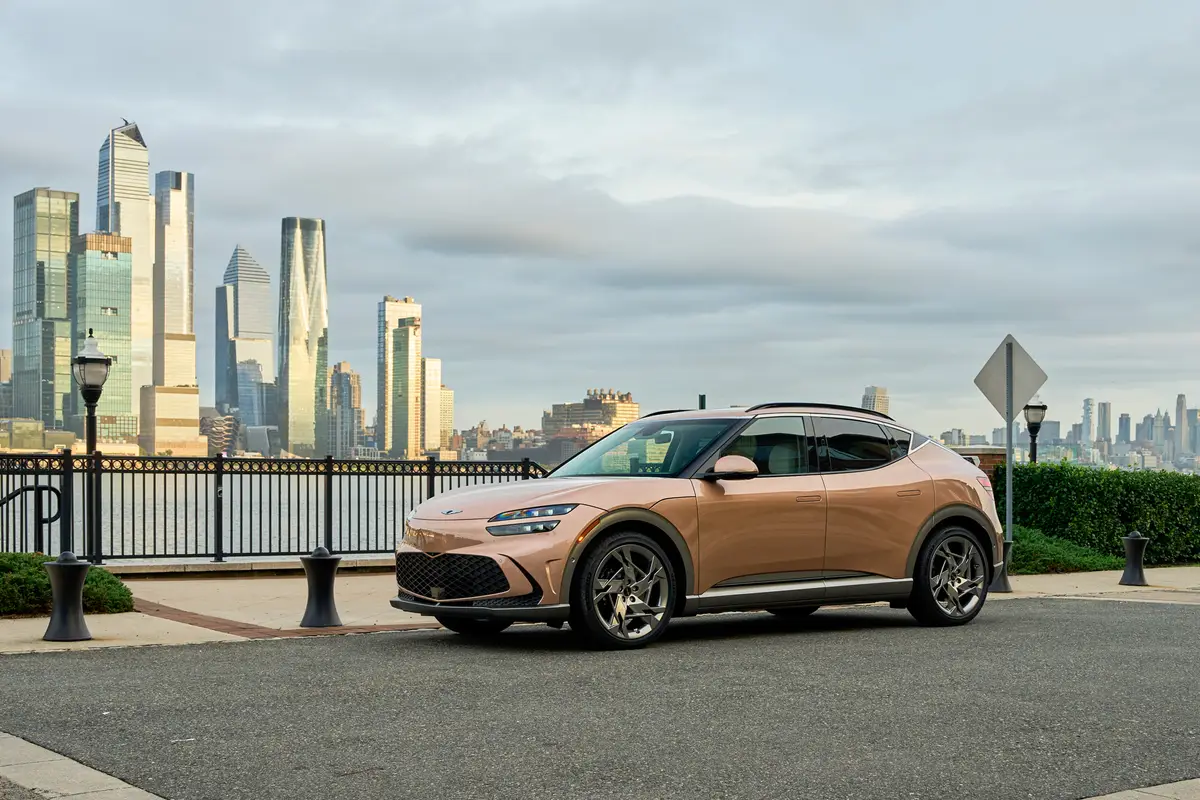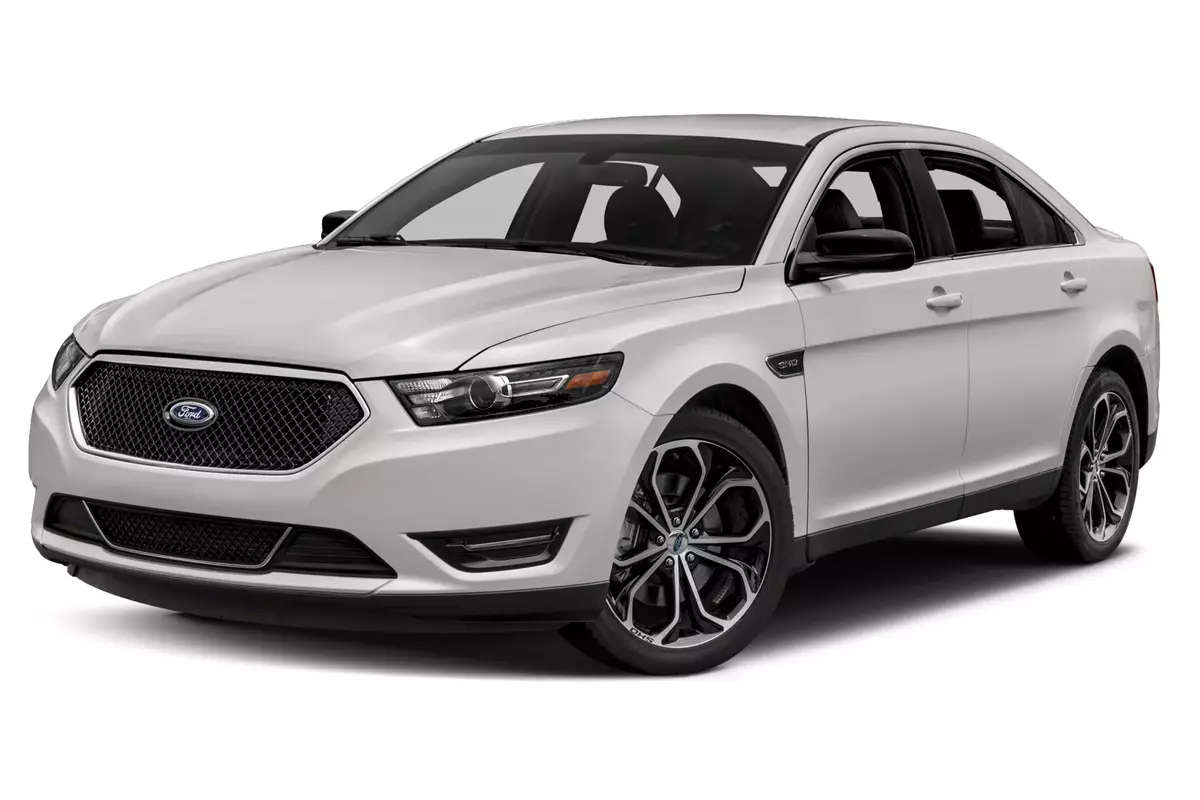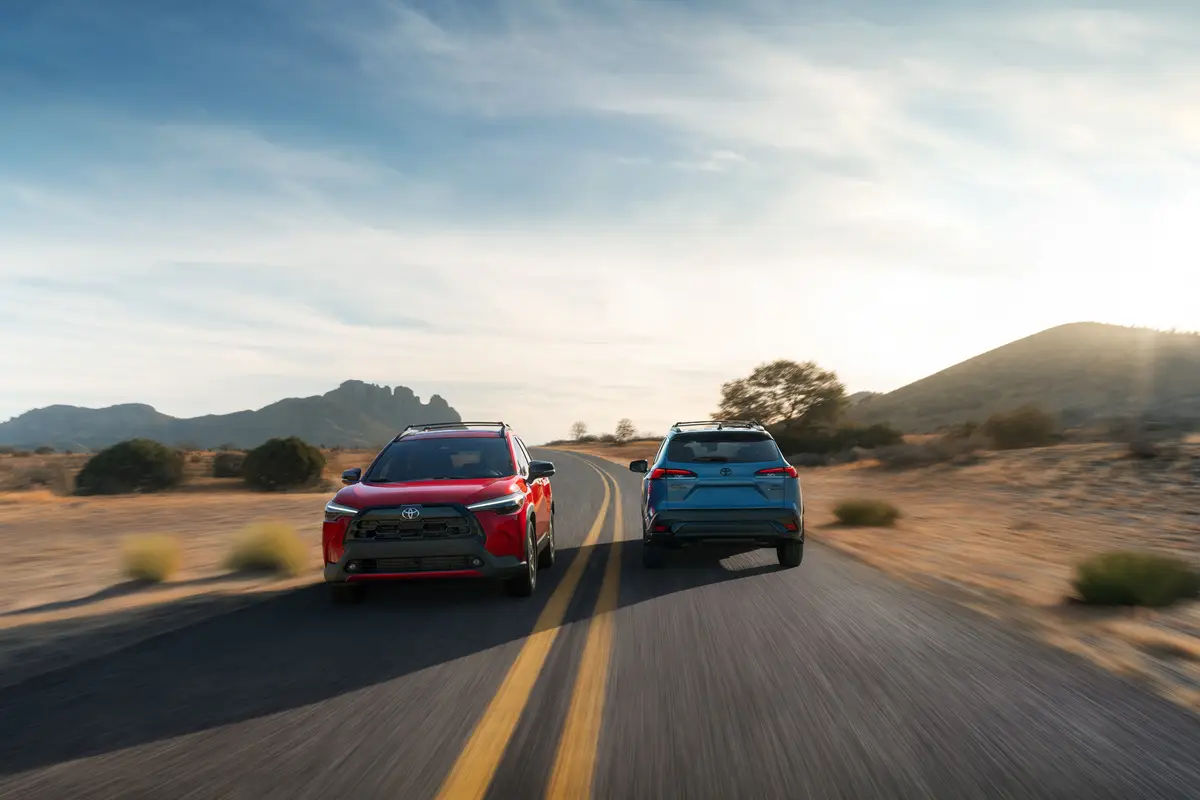Star-Telegram.com's view
Long before my recent drive in a 2008 Cadillac CTS, I had considered the entry-level Caddy to be a very nice car.
Now, though, I’m prepared to declare the redesigned CTS a great car.
Everything is relative, though, so I’m not suggesting that the CTS is great in the same way as a Ferrari or a vintage Rolls.
But considering the competition, which is the only way to evaluate a vehicle fairly, the newest rendition of the midsize CTS ranks up there with the best, if not above them. Among its peers, the uplevel CTS V-6 DI Performance Sedan (base price $35,290, with freight) is a serious competitor, and a perfect example of just how good an American car can be when the manufacturer puts its best minds at work on it.
Even though the exterior styling and performance of this second-generation CTS have been improved, the extensive interior enhancements are what make the car stand out.
For the first time in the at-least recent history of a Cadillac car, the interior is truly world-class. This is the place where GM and its Cadillac division truly needed a renaissance, and chief GM interior designer Dave Lyon and his team have delivered.
“Consumers expect great design and quality materials, whether it’s a utilitarian object like a toaster or a family sedan,” Lyon said during a recent GM 2008 product presentation in Nashville, Tenn.
People spend a lot of time in their cars, he said — an average of 750 hours per year. Because of that, they look at interior design as the most important feature of a new vehicle.
The interior of the new CTS includes such features as hand-cut, sewn and wrapped surfaces, with detail such as “fine French stitching,” the automaker said.
Careful attention to detail is evident throughout the cabin, with generous use of quality materials. The front bucket seats are as comfortable as the best living-room recliners.
There also is a new twist: state-of-the art interior lighting.
Designers studied architectural lighting in such venues as upscale nightclubs, restaurants and retail stores, and used what they learned to help give the CTS a “high-tech ambiance,” Lyon said.
The cabin comes with “15 individual light sources, all concealed from direct view, not unlike the covered or indirect lighting commonly used in contemporary architecture,” Cadillac said.
Among the elements are six fiber-optic light bars that illuminate the instrument panels and create a glow across the four doors.
There are nine LED spotlights throughout the cabin, focusing on such areas as foot wells, the gearshift and the lower part of the instrument panel.
Exterior styling has been improved as well, however.
The changes are more subtle than glaring. The car now looks more like its bigger sibling, the STS. The hood and rear deck have the longer, sleeker look of the STS. The new design is intended to help the CTS appeal to a younger group of consumers, which is what the car has been about from the start.
Introduced for 2003, the CTS gave Cadillac its first midsize sedan aimed at consumers under 50, replacing the imported Catera, which never caught on.
The CTS already has been a hit with the younger baby boomers and thirty-somethings, and Cadillac wants to continue that success with this newest generation. The idea is to bring young people into a brand that, until just a few years ago, was on the shopping lists of only older buyers, mostly near or past retirement age.
To reach younger buyers, Cadillac needed a smaller car than the STS (Seville) or DTS (Deville).
That’s why the CTS is a midsize car with about the same dimensions as mass-market sedans such as the Toyota Camry and Honda Accord, two vehicles that attract a broad range of consumers.
The CTS, though, plays in a more-exclusive crowd: the near-luxury midsize class, which includes such cars as the Lexus ES 350, Mercedes-Benz C-class, BMW 3-series, Audi A4, Acura TL, and Infiniti G35, among others.
The previous CTS generation had a variety of available engines, beginning with a small V-6, later discontinued, that didn’t really allow the car to live up to its GM billing as a sport sedan.
This newest model, though, leaves no doubt about the “sport” aspect, especially in the uplevel DI performance version I tested. It comes with a 3.6-liter V-6 engine with direct fuel injection, rated at 304 horsepower.
The base model ($32,990 with freight) is no slouch, though. It comes with the same 3.6-liter V-6, but without the direct injection. That gives it 263 horsepower, up from 258 in the 2007 model.
Surprisingly, even with all of its power, the CTS has decent fuel economy. Ratings for either engine (using the tougher 2008 EPA formula) are 17 miles per gallon in the city and 26 on the highway.
The direct fuel injection “delivers fuel more precisely to increase the efficiency of combustion,” GM said. “This means less fuel is consumed – and lower emissions created – compared [with] conventional combustion systems doing the same work.”
The CTS comes with a choice of rear- or all-wheel drive, and either a six-speed manual or automatic transmission.
Our tester had the automatic, but for the real enthusiast, the manual would be the most fun. The automatic will be the choice of most buyers, but the manual makes the CTS a true sport sedan.
The six-speed automatic does allow for manual shifting, though. You just don’t have to worry about a clutch.
Our car came with the base rear-drive system, rather than the optional all-wheel drive. It’s the first all-wheel-drive system to be offered in the CTS.
Enthusiasts will enjoy the rear drive almost as much as the all-wheel drive. Some of the other entries in this segment, including the TL and ES 350, have front-wheel drive, which is not considered to be the best arrangement for a sport sedan.
Craftsmanship is evident throughout this car, not just inside.
New exterior touches include a vertical, dual-textured grille that GM says was inspired by its Cadillac Sixteen design concept vehicle; and more-sculpted fenders, which GM says “emphasize the car’s wider track and enhanced chassis dynamics.”
There are air vents on the front fenders, also from the Sixteen concept; optional high-intensity-discharge xenon headlights; and low-energy LED “light pipes” on both the front and rear.
Cadillac says the roofline was designed to make the sedan look more like a coupe, another way to draw younger consumers.
The optional Ultra-View double sunroof, not included on our test car, was taken from the SRX crossover/wagon.
This car is extremely quiet inside, the better to hear the sound coming from the Bose speaker system. The windshield has no visible rubber seals or joints, and the doors are triple-sealed to help reduce noise.
Among safety standard features are four-channel antilock brakes and StabiliTrak, GM’s electronic stability control system.
Other safety components include driver and front passenger side air bags, roof-mounted side-curtain air bags for both rows of seats, a tire-pressure monitoring system, front seat-belt pretensioners, and a body reinforced with “strategically placed” high-strength steel.
Our test vehicle came with the Performance Collection package ($3,300), which added such extras as a sport suspension, high-intensity-discharge headlights; headlight washers; a limited-slip differential; heavy-duty cooling system; fog lights; leather seat surfaces; heated front seats, with a power-adjustable front passenger seat (the base car already has a power driver’s seat); and heated windshield-washer fluid.
For $1,240, we also got 18-inch polished-aluminum wheels, high-performance disc brakes, and summer-only high-performance tires.
More toys came with an audio/entertainment/navigation package ($3,145), which included a Bose Surround Sound 10-speaker system, a 40-gigabyte hard drive, and XM satellite radio.
And for $495, our car also came with special wood trim on the center console, instrument panel and doors.
Total sticker was $43,470, including freight and options.
G. Chambers Williams III is staff automotive columnist for the San Antonio Express-News and former transportation writer for the Star-Telegram. His automotive columns have appeared regularly in the Star-Telegram since 1995. Contact him at (210) 250-3236; chambers@star-telegram.com.
At a Glance: 2008 Cadillac CTS sport sedan
The package: Midsize, four-door, five-passenger, rear- or all-wheel-drive, V-6-powered, premium sedan.
Highlights: Redesigned for 2008, this is Cadillac’s entry level car, aimed at younger buyers. The new model has lots of improvements, including a sporty new optional 304-horsepower V-6 engine and a choice of manual or automatic gearboxes.
Negatives: Can get pricey with all the options.
Engine: 3.6-liter V-6; 3.6-liter V-6 with direct injection.
Transmission: Six-speed manual or six-speed automatic.
Power/torque: 263 HP/253 foot-pounds; 304 HP/273 foot-pounds (direct injection engine).
Length: 191.6 inches.
Curb weight: 3,845 pounds (rear drive); 4,090 pounds (all-wheel drive).
Brakes, front/rear: Disc/disc, antilock.
Trunk capacity: 13.6 cubic feet.
EPA fuel economy (2008 formula) : 17 miles per gallon city/26 highway (both engines).
Fuel capacity/type: 18.0 gallons/unleaded regular.
Major competitors: Mercedes-Benz C-class; BMW 3-series; Lexus IS 350, Lexus ES 350, Acura TL, Infiniti G35, Audi A4.
Base price: $32,990, including $745 freight.
Price as tested: $43,470, including freight and options (DI Performance model, with options).
On the Road rating: 9.4 (of a possible 10).
Latest news



